The journey of human civilization has always been intertwined with the evolution of communication, knowledge exchange, and the networks that connect individuals, societies, and ideas. This book, Nexus: A Brief History of Information Networks from the Stone Age to AI, embodies a collective scholarly endeavor to trace the fascinating trajectory of information networks across human history—from primitive symbols and oral traditions to the vast digital architectures and artificial intelligence–driven systems that define our present and shape our future.
The idea of networks is as old as humanity itself. Early humans carved symbols onto cave walls, left markings in stones, and used oral narratives as the first “nodes” of transmitting memory and meaning, establishing the foundations of cultural and collective knowledge. With the advent of writing systems, papyrus, and clay tablets, information could persist beyond the spoken word, allowing ideas to travel across geography and generations. The invention of the printing press accelerated this diffusion, creating knowledge networks of unprecedented reach. Over time, postal systems, telegraphs, and telephones transformed information transfer into structured, global systems. The 20th century introduced radio, television, satellite communication, and most profoundly, the internet—arguably the greatest nexus of human exchange ever built. Today, we stand at the frontier where advanced computing, cloud infrastructure, and artificial intelligence are not only extending these networks but also making them adaptive, autonomous, and intelligent.
This book reflects the collaborative insights of multiple authors from diverse disciplines—computer science, history, sociology, engineering, and the humanities—who bring their expertise to weave together a narrative that is both rigorous and accessible. The interdisciplinary nature of this volume highlights the reality that information networks cannot be reduced to technical infrastructures alone; they are socio-technical constructs deeply enmeshed with human values, politics, and cultural transformations. Each chapter provides historical grounding, technical clarity, and conceptual reflections, ensuring that readers grasp not only the mechanics of network evolution but also its broader implications.
The authors also acknowledge the exponential shift brought by artificial intelligence in the 21st century. AI is no longer just a tool within networks but an active participant, capable of filtering, curating, and generating information across platforms. This challenges us to reconsider the very definition of networks—no longer static or human-centered, they are becoming dynamic ecosystems where humans and algorithms co-construct reality. Addressing this requires careful attention to ethics, governance, sustainability, and equity, themes we have consciously integrated into this work.
The preparation of this book has been a collaborative journey in itself, mirroring the theme of networks we explore. Contributions have come from esteemed academics, researchers, and practitioners across institutions, each bringing a unique perspective while aligning around a shared vision: to illuminate how humanity’s enduring quest to connect has shaped civilizations and continues to define our collective destiny.
We hope this volume will serve as a valuable resource for students, scholars, technologists, and curious readers alike. By retracing the pathways of information networks through time, may this book inspire a deeper appreciation of the systems we have inherited, the challenges we face in the present, and the possibilities we can envision for the future.


MAECENAS IACULIS
Vestibulum curae torquent diam diam commodo parturient penatibus nunc dui adipiscing convallis bulum parturient suspendisse parturient a.Parturient in parturient scelerisque nibh lectus quam a natoque adipiscing a vestibulum hendrerit et pharetra fames nunc natoque dui.
ADIPISCING CONVALLIS BULUM
- Vestibulum penatibus nunc dui adipiscing convallis bulum parturient suspendisse.
- Abitur parturient praesent lectus quam a natoque adipiscing a vestibulum hendre.
- Diam parturient dictumst parturient scelerisque nibh lectus.
Scelerisque adipiscing bibendum sem vestibulum et in a a a purus lectus faucibus lobortis tincidunt purus lectus nisl class eros.Condimentum a et ullamcorper dictumst mus et tristique elementum nam inceptos hac parturient scelerisque vestibulum amet elit ut volutpat.


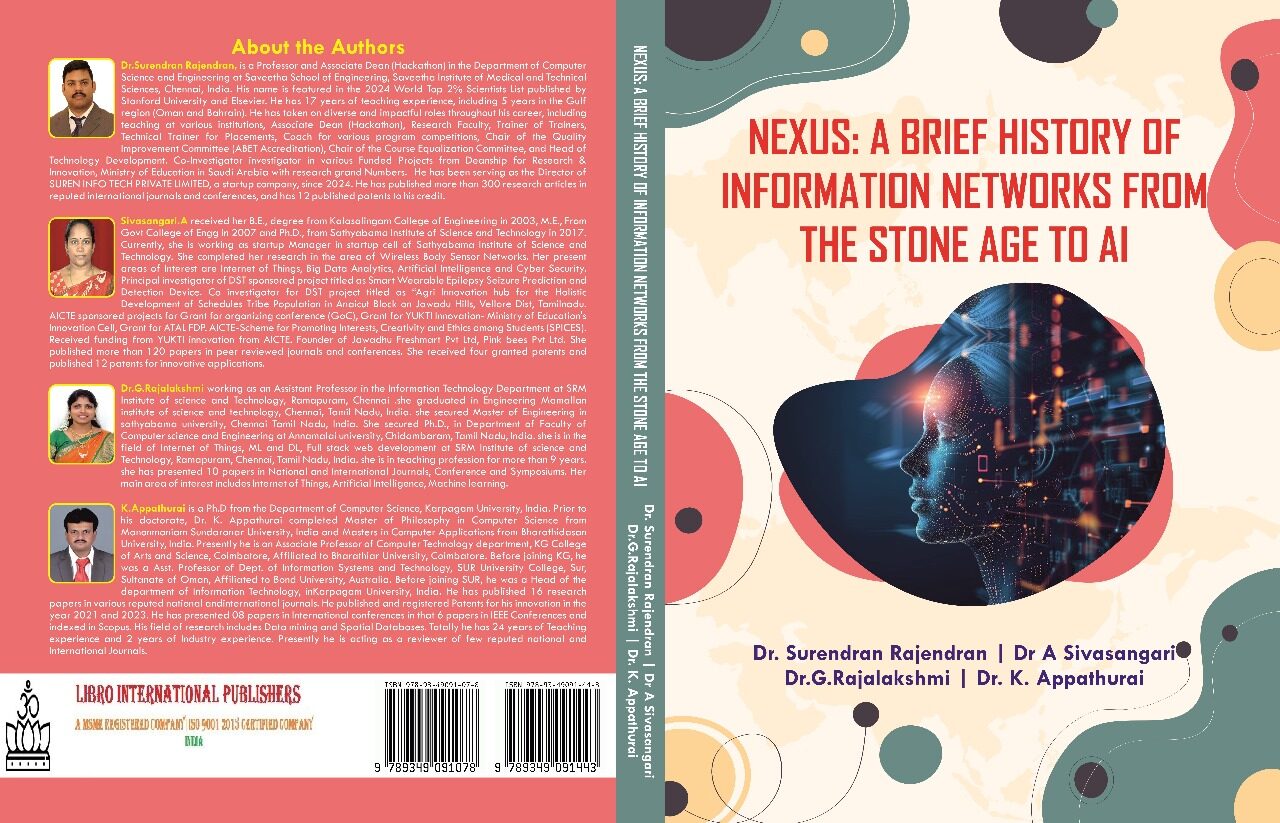
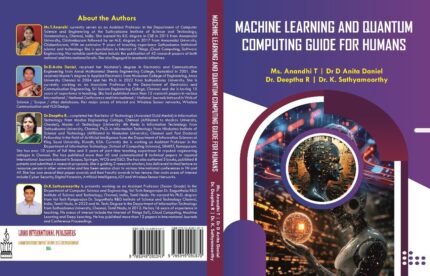
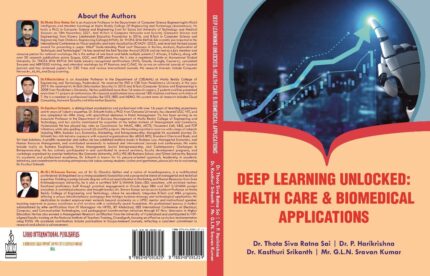
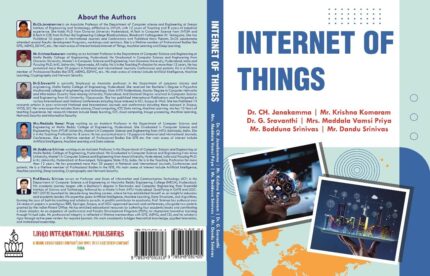
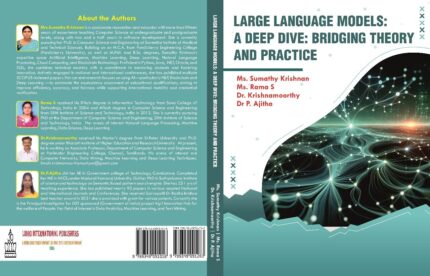

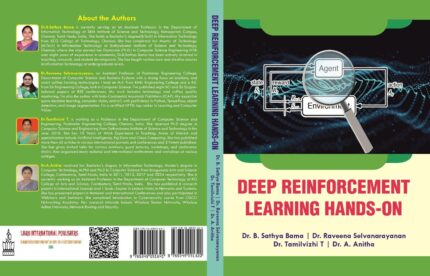
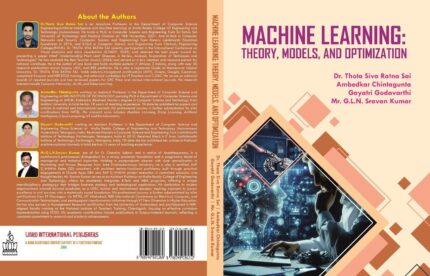
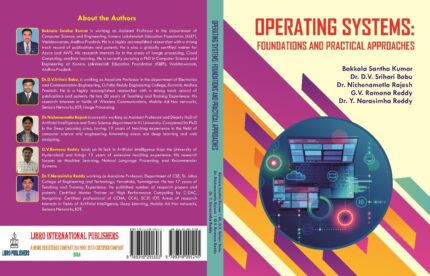
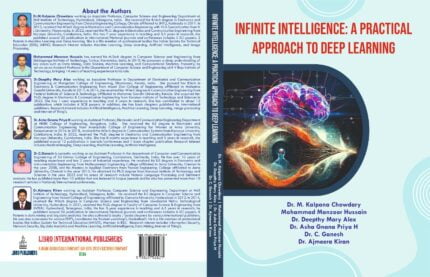
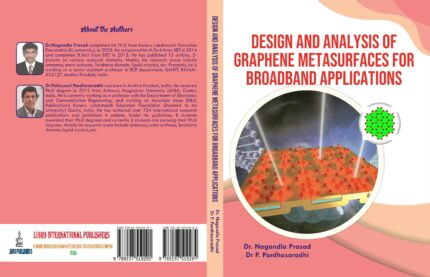
Reviews
There are no reviews yet.